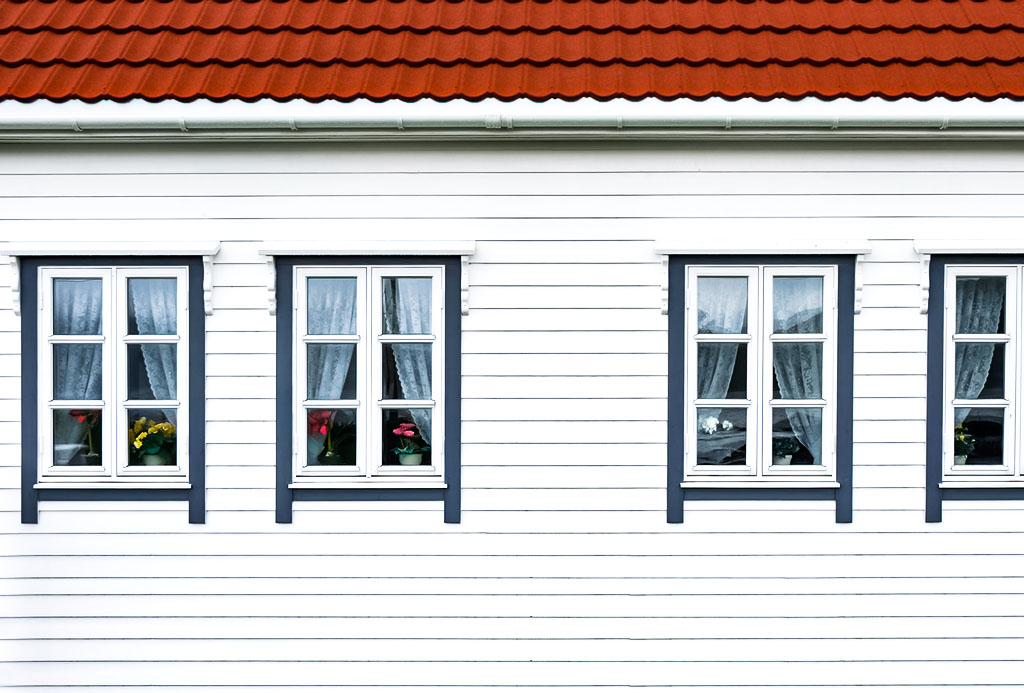Roof membranes are made of different types for flat or low-slope roofs
What exactly is a Membrane Roof? And how is it used?
Membrane roofing is a type that offers a continuous watertight layer of protection for the building's interior. Membrane roofs are typically used as a flat roofing style due to their watertight nature, which is crucial in places that don't see water evaporate fast. They can also be used for roofs that have very low pitches, where shingled slate, or tiled roofing is inadequate.
Installation of an Single-Ply Membrane on an Flat Roof in Progress
The substructure, whether it is wood, concrete or steel, is below the main roof layers. Insulation wood, plywood, underlays as well as vapour barriers are all installed by roofers in york pa.
-
Membranes for Built-Up Roofs (BUR)
Built-up roof membranes (abbreviated BUR) have been used successfully on flat roofs for a long time. Although the roofing industry is moving towards single-ply membrane roofing, there's still the market for BURs.
BURs are built of alternating layers of bitumen (asphalt or coal tar) and reinforcing fabric sheets, and are sometimes known as Gravel and Tar Roofs. Each layer is known as a ply. dependent on the weather conditions and other roof characteristics, the roof can have several plies.
The reinforcing feel is sprays of bitumen to infuse the sheets. The felt rolls measure 3'-0" and each layer being overlapping in an amount that is based on manufacturer instructions. There is more overlap to create roof transitions and margins. However it is not necessary to overlap throughout the main roof surface.
-
Modified Bituminous Membrane Roofing
Modified bitumen roofing membranes are referred to as polymer-modified roofing membranes. They have been used since the 1960s to replace the older roof systems. The bitumen binder as well as the reinforcing fabrics are packaged in a single roll, making installation much simpler.
As the name suggests, the roofing materials are polymer-modified and contain bitumen additives that make the bitumen more sturdy and flexible, or more resilient to heat. It is crucial to select the appropriate modified bitumen roofing material for your project. Architectural professionals should seek advice from the manufacturer regarding the ideal product to select.
To ensure waterproofness, modified bitumen roofing (such as BUR roofs) typically are constructed in multiple layers (usually two or three layers). A base sheet is attached to the roof by either glue or a mechanical fastener. The final layer is then put on. In three-ply cases the foundation sheet is laid first. The reinforcing plywood is followed by the sheet.
Modified bituminous roofs, unlike BUR, feature more straightforward installation procedures which is less prone to problems. However , installers must make sure that the roll has been properly heated prior to being laid down. They've also been in production for a number of years and are considered to be extremely sturdy roofs if installed correctly.
Modified bitumen systems like BURs are dangerous for workers and the environment due to of the chemicals that are used. Even though torch-applied Tar has an unpleasant odour that is less sour than hot mopped Tar, the vapours are dangerous.
-
Modified SBS Roof Membrane Bitumen
In their completed state, styrene-butadiene-styrene (SBS) membranes are more flexible (elastic). SBS membranes can also be used in conjunction with hot-mopped, asphalt, similar to BUR membranes. There are however, new adhesive-backed peel-and stick roofing products available in the market.
SBR membranes can also be known as styrenebutadiene rubber membranes. When describing"a "rubber roof" take note that some people might be referring the modified bitumen roofing (SBR) or a modified bitumen roof (SBR), while others could be referring the single-ply EPDM roof which we'll cover further down.
-
Modified Bitumen Roof Rolls using Torch Application
Thermoplastic and Thermoset are two kinds of thermoplastics.
Single-ply membrane roofs consist of massive sheets of materials, which are joined to form one continuous membrane. To avoid leaks, the membrane is made up of only one layer of weathertight material. It is vital to use seams that are properly installed, passages and penetrations. Single-ply roofing techniques are prevalent on commercial flat roofs.
A single-ply membrane properly installed and maintained can last for more than a years if seams are frequently examined and repaired. Also, longevity is influenced by the thickness of the membrane. the thicker membranes cost more but last longer. Roofs are susceptible to damage due to extreme weather conditions and should be sloped towards drains on the roof. It is also essential that any ponded or swollen water be removed from flat roofs within 48 hours.
Roof with fully adhered single-ply membrane
Mechanically affixed membranes are directly fixed to the substrate. They offer strong uplift resistance, although they are more prone to leaks. In the majority of cases the disc or batten-bar fastener is used to penetrate the membrane. A welded patch seals the membrane. Non-penetrating fasteners are also offered for certain membrane kinds. Installers must be cautious to ensure that all penetrations are properly closed.
roof repair harrisburg pa
gutter repair lancaster pa
roofing lebanon pa
contractors in lebanon, pa
siding lancaster pa
Burns Home Improvements
Elizabethtown, PA 10722, United States.
717-804-6478

